When decorating your living room, wall art is an essential element that can add character, personality and style to your space. Whether you opt for abstract paintings, framed art, or family photographs, there are countless ways to incorporate art and other wall decor into your living room.
Choosing the Right Wall Art for Your Living Room
While selecting wall art for your living room, there are a few key things to consider. Take time to think about your existing living room decor, what colours will work best in the space, and the size and scale of your wall art.
By doing this, the finished result will be both beautiful and function perfectly in the space.
Consider Your Living Room Decor
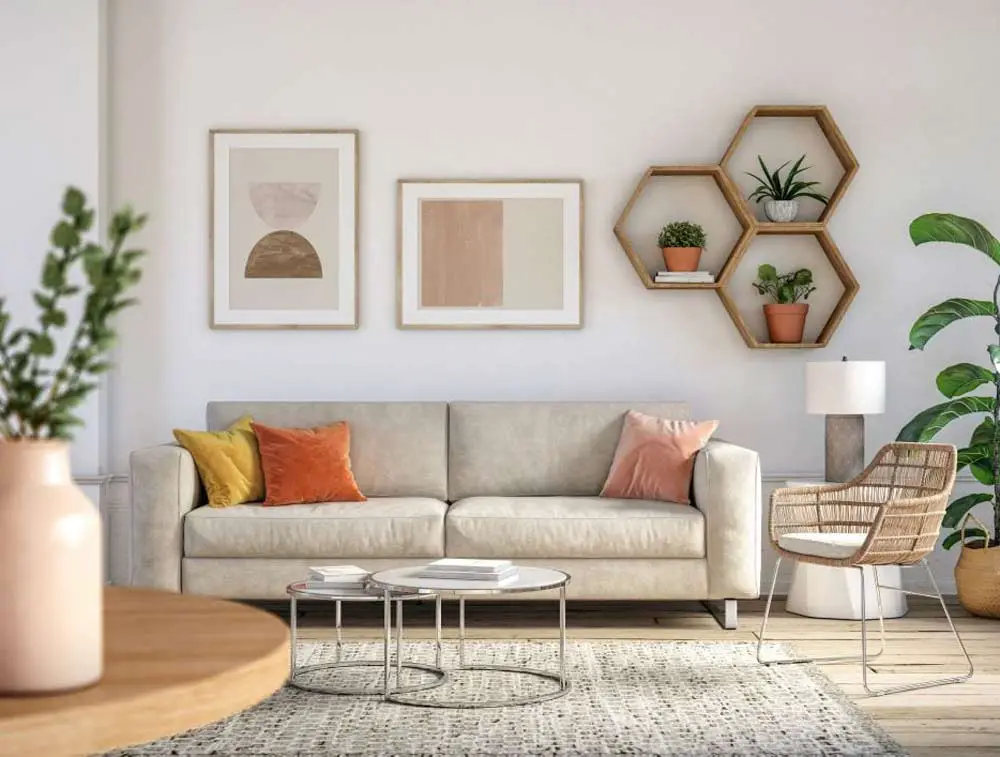
Image credit: hilotherm.com
Before you start choosing specific pieces of artwork, take a good look around your living space. Think about the colours of your existing decor and furniture, the overall style of the room, and the blank wall space available for you to work with.
Choosing a lovely piece of art that compliments your existing decor will add life, mood and a unique look to the entire room.
How to Select the Right Wall Art Colours
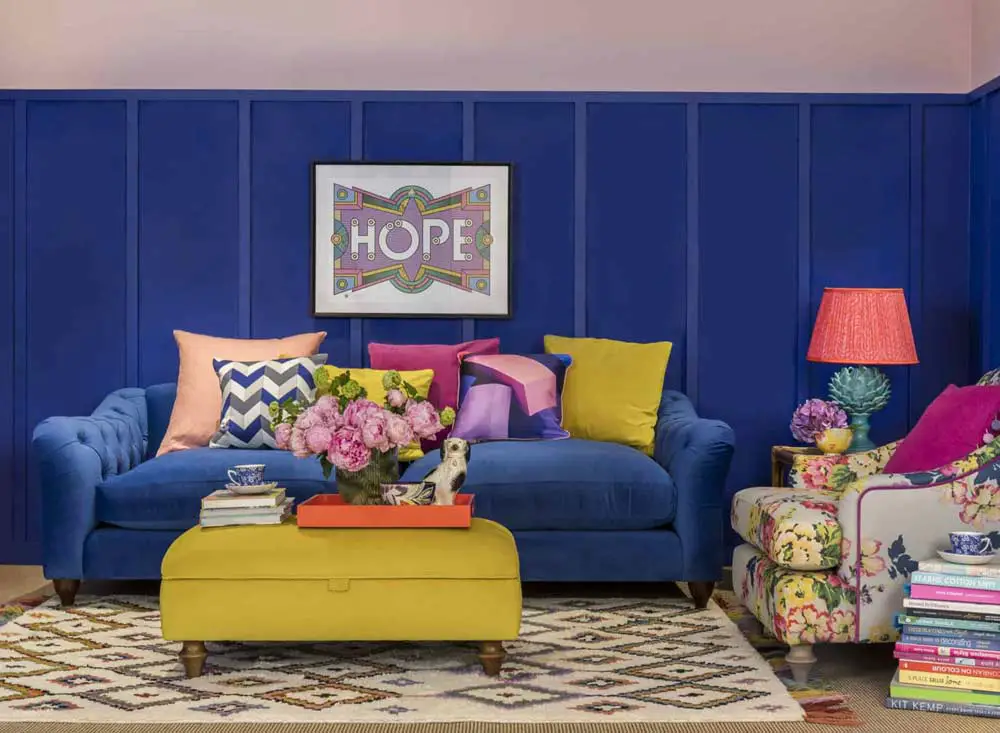
Image credit: thedesignsheppard.com
Colours are another important consideration for your wall art ideas. If you have a modern living room that is filled with bright colours, you may want to choose wall art that is more neutral in tone. On the other hand, if you have a neutral room, you can get away with choosing art that is colourful and vibrant.
This will create a much bigger impact on any empty wall.
Consider the Size and Scale
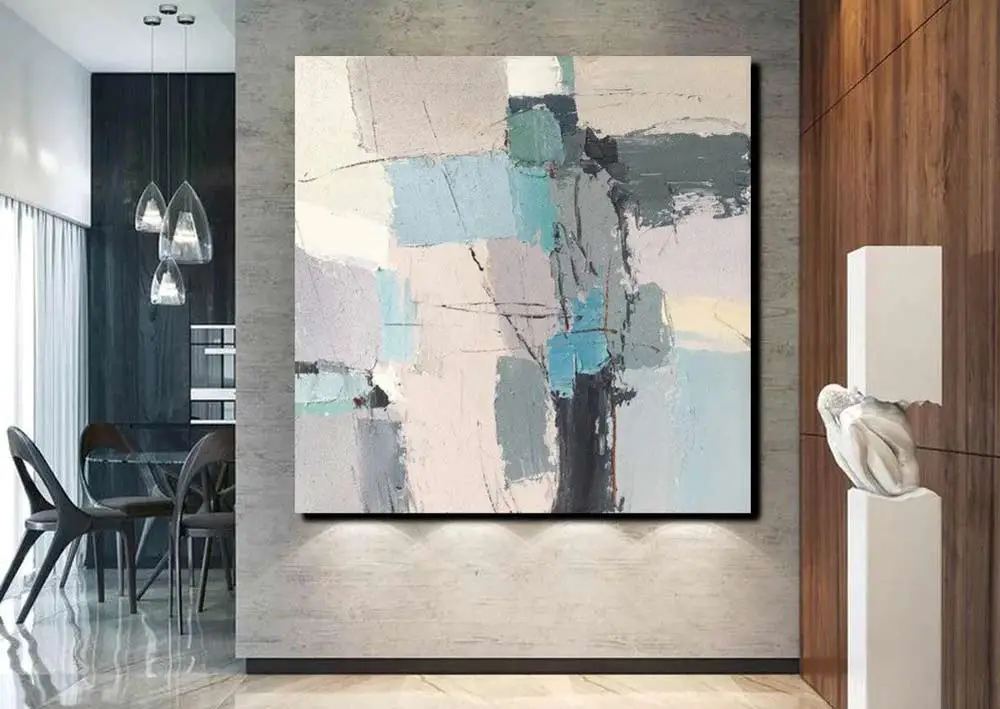
Image credit: homepaintingdecor.com
Whether you opt for large canvases, a modern painting, or a fun simple print, the size and scale of your wall art is another essential deliberation. Choose pieces that are proportional to the size of your living room area and wall space.
Large wall art pieces can make a bold statement, which will add impact to an entire wall or create a focal point for an accent wall. Smaller pieces by contrast, such as monochrome prints in a black frame, can be grouped to create a simple black-and-white gallery wall.
Choosing Textured Wall Art
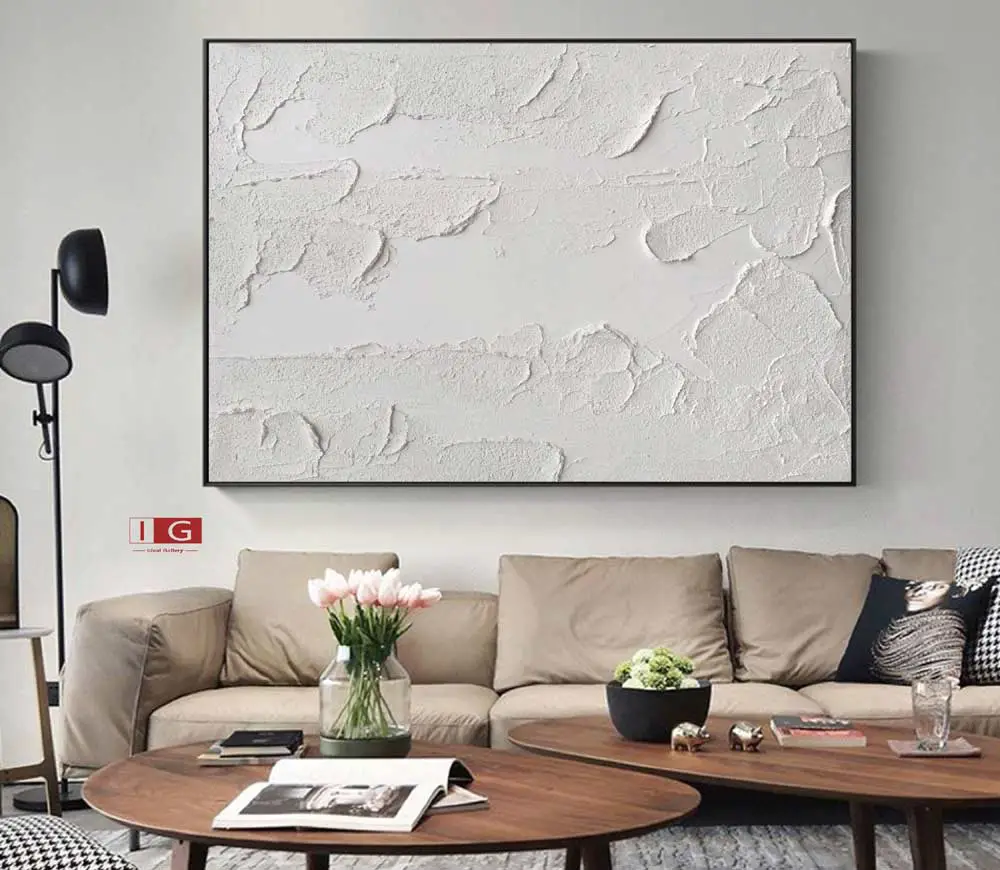
Image credit: pinterest.co.uk
Finally, consider adding one large piece of textured art to your living room. Some popular options include textured paintings created with techniques like impasto, where the paint is applied thickly to create raised surfaces, 3D wall sculptures made from materials like metal, wood, or ceramic, woven wall hangings that add texture through fabric patterns, and textured wall panels with intricate designs and relief patterns.
Additionally, there are mixed-media artworks that combine various textures and materials for a unique and multidimensional appeal. Textured wall art adds depth and interest to any blank wall and helps to produce a more dynamic look.
How to Arrange Your Wall Art
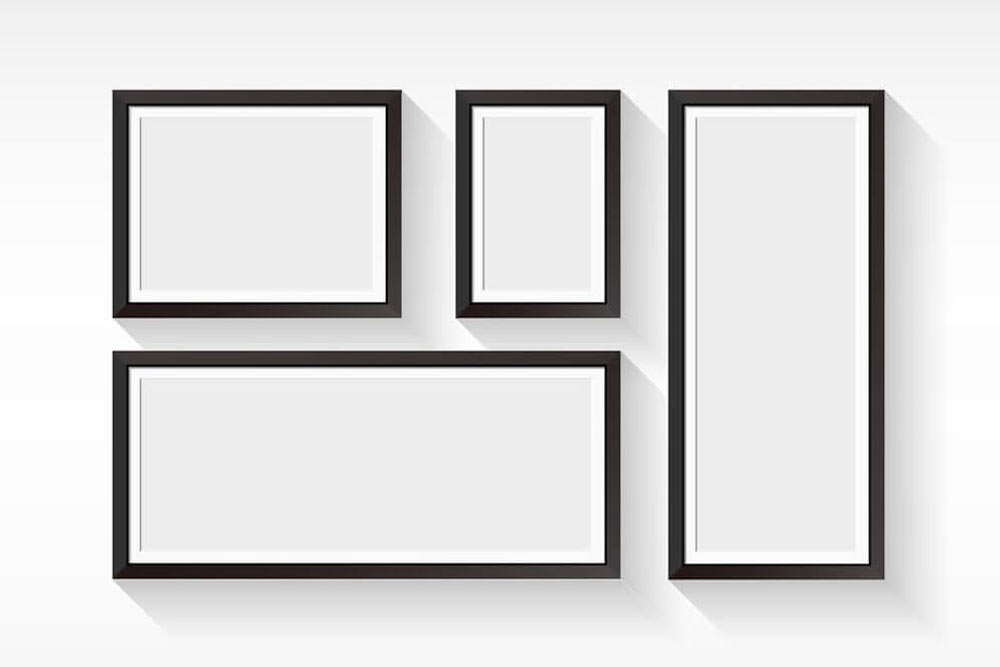
Image credit: frametoday.com.au
When it comes to living room wall art ideas, the arrangement of your wall art across the entire room can be a fun but difficult task, but with the help of the following tips, you will have no problem creating a beautiful and cohesive display that compliments your living room decor. Here are some simple ideas on how to arrange your wall art:
Creating a Gallery Wall in Your Living Room
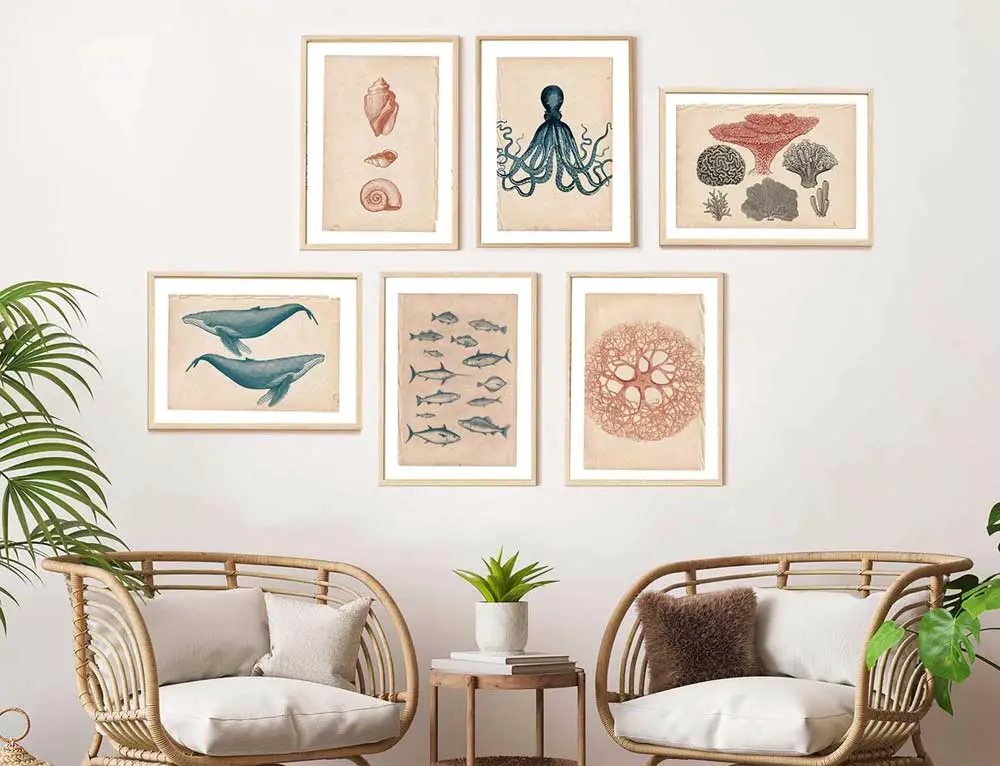
Image credit: industville.co.uk
One interesting and popular idea is to create a structured gallery wall to showcase multiple pieces of art. This involves grouping a collection of wall art, photographs or prints on one wall.
Start by selecting a theme, such as black and white photos or a specific colour scheme. Then, choose a variety of sizes and shapes to add interest. A top tip is to use a spirit level and masking tape to map out your arrangement before hanging your art pieces.
Using Negative Space Around the Artwork
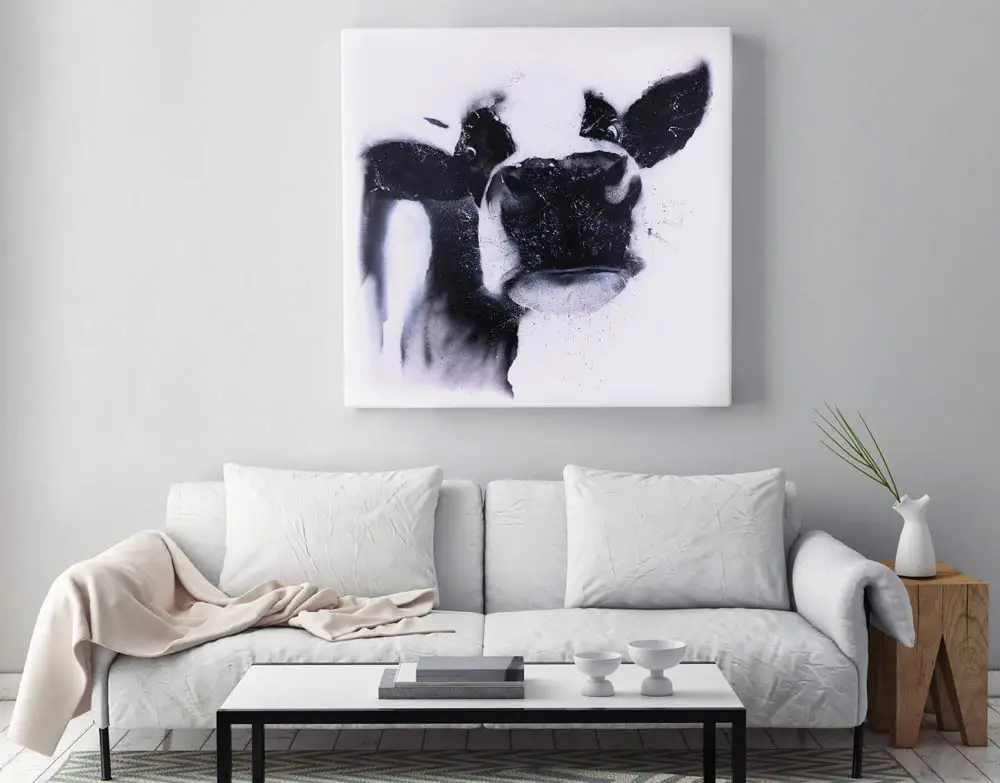
Image credit: symankaye.com
Negative space is the area around your wall art. Using negative space can help your art stand out and create a balanced and thought-out display. If you have white walls, for instance, hang a large painting and leave a wide area of negative space around. This will draw full attention to the artwork, giving it extra visual importance.
Considerations for Hanging Wall Art
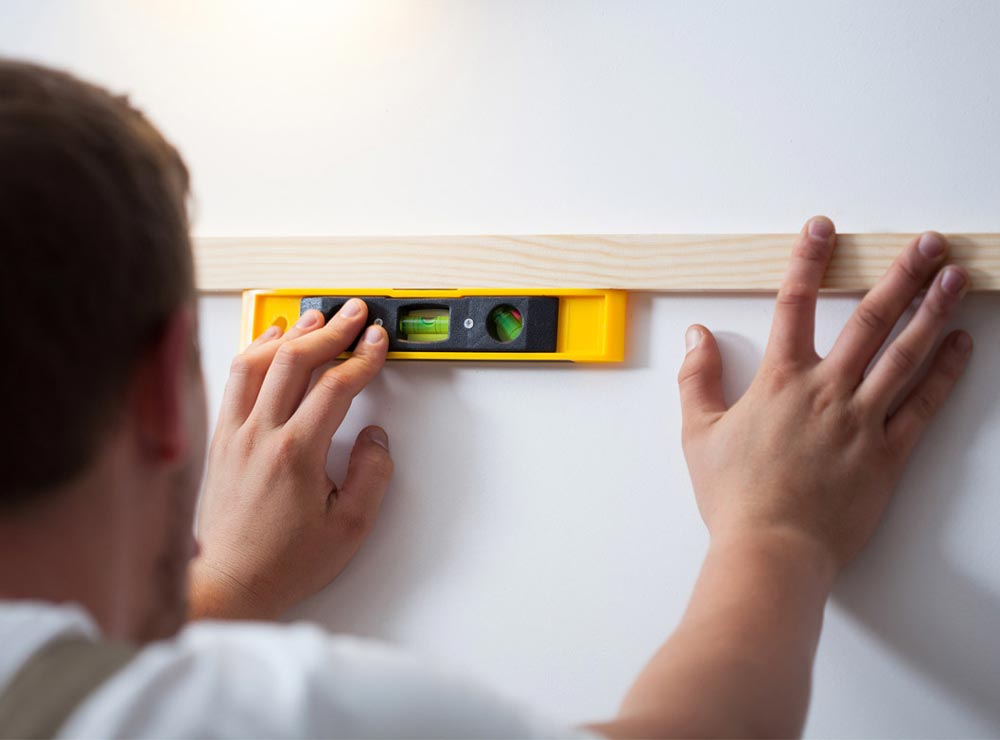
Image credit: luxemirrors.com.au
When hanging your art, consider the size and layout of your wall space. A general rule of thumb is to hang art at eye level, but this can vary depending on the height of your ceiling, other wall decor and furniture placement.
Always use a level to ensure your artwork is straight, and consider using picture hanging strips for easy and damage-free hanging.
Incorporating Other Decorative Elements
Adding other complimentary decor items to your living room walls can take your wall decor to the next level. Here are a few ideas as to what you could integrate into your living room space:
Add Mirrors to your Living Room
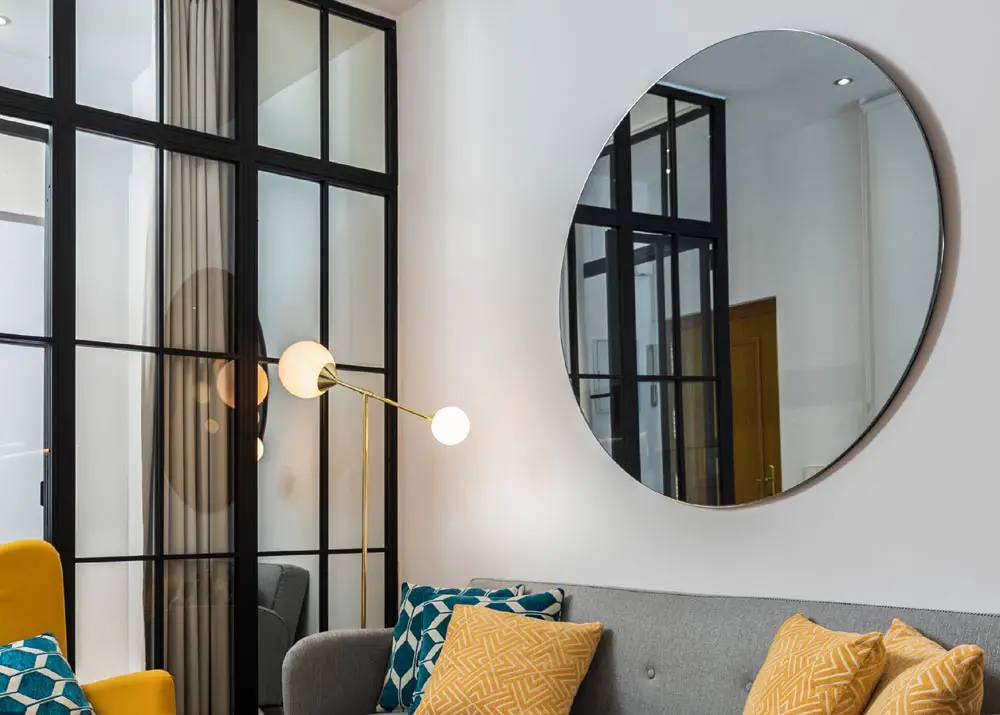
Image credit: urbanladder.com
Mirrors can be a great addition to your living room walls. They can reflect ambient and natural light, creating an illusion of extra space and adding depth to the room.
You can either use a single large mirror as a focal point, or a collection of smaller mirrors to create a unique and eye-catching wall display.
Utilise Lighting in the Living Space
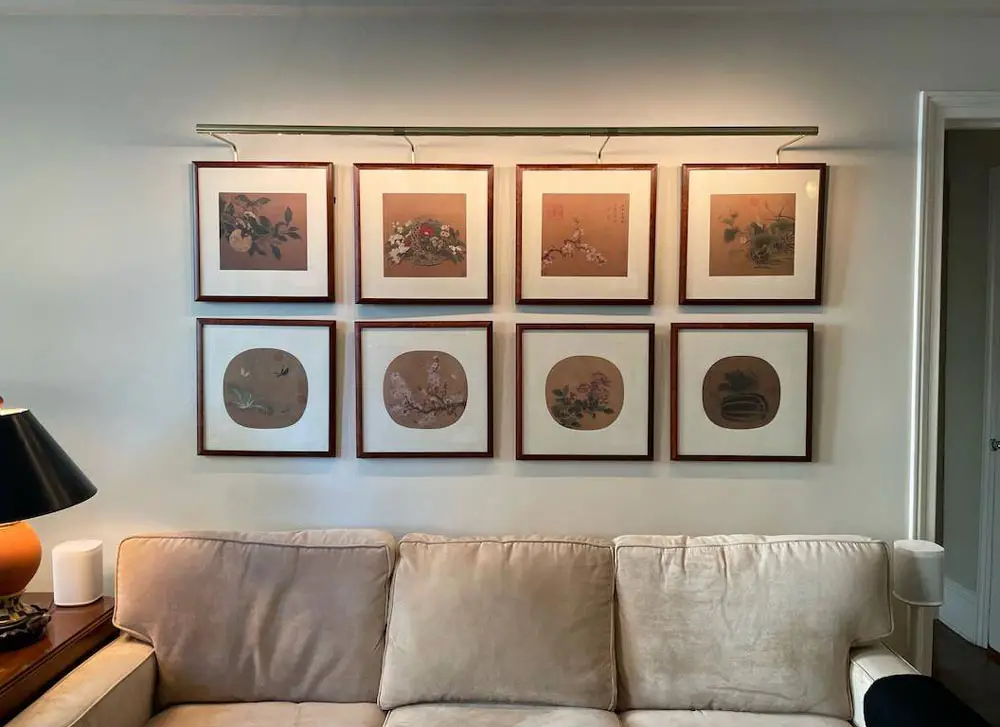
Image credit: perfectpicturelights.com
Lighting is a great way of enhancing your living room art. You can use spotlights to highlight specific pieces of artwork or use a string of fairy lights to create a soft and inviting ambience.
Wall lights can also be used as additional light sources to add a touch of elegance and sophistication to your living space.
Integrating Plants into the Room
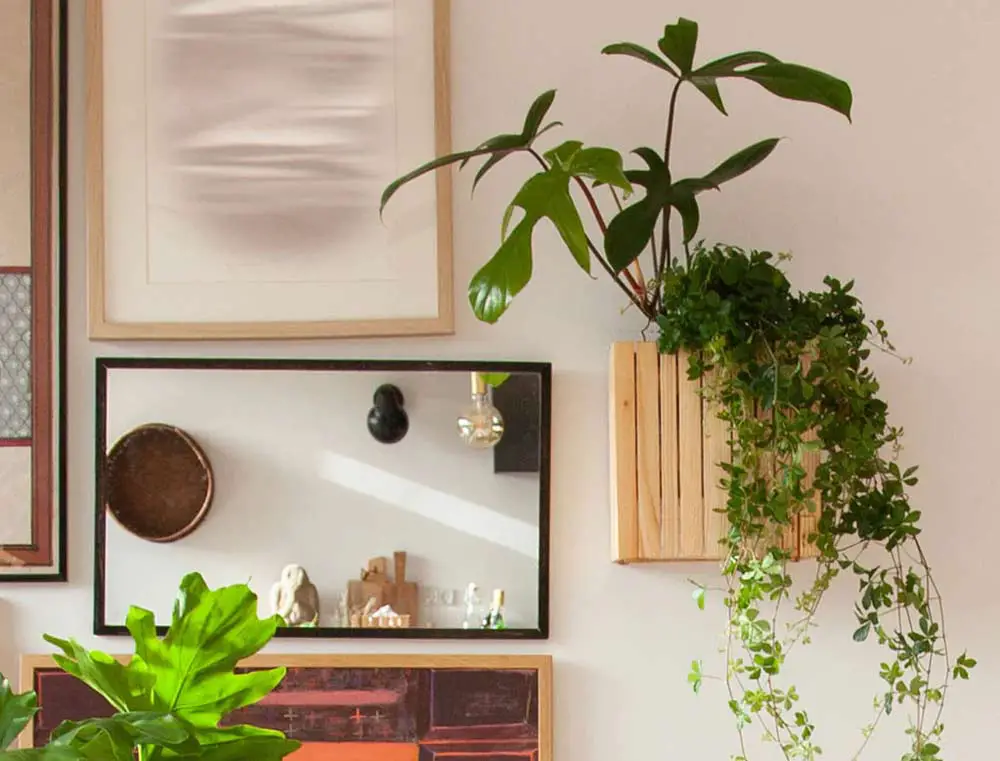
Image credit: squarely-copenhagen.com
Plants will add colour and a natural element to your living room walls. Consider using hanging planters to create a living wall, or place potted plants on shelves or in front of your wall art.
Plants not only help to purify the air but also create a relaxing and calming atmosphere and aesthetic.
Add Wall Shelves to the Walls
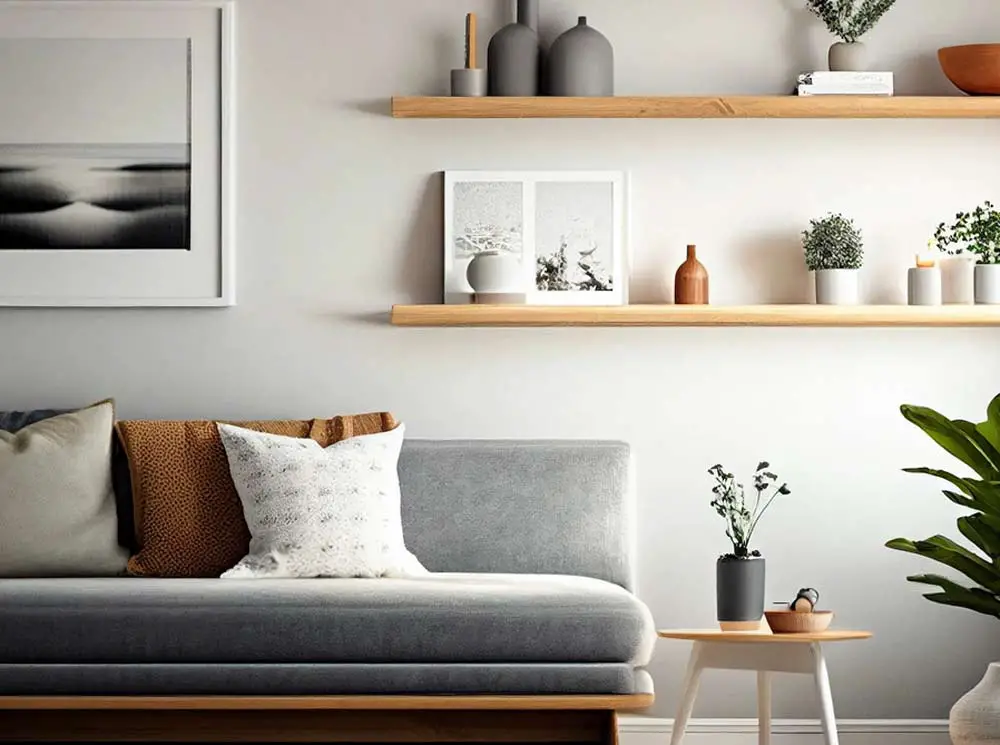
Image credit: timbershelves.co.uk
Wall shelves are the perfect choice for displaying a variety of decorative items, including books, vases, and sculptures. You can also use shelves to display your favourite pieces of art.
Floating shelves offer a modern and minimalist look, while traditional-styled shelves can add a touch of classic elegance to your room.
My Final Thoughts
As you can see from these ideas, there are various ways to decorate living rooms with art and other decorations. Whether you prefer a bold statement or subtle accents, there is something for every taste.
When choosing wall art, consider the overall theme and colour scheme of your living room. You want to select pieces that complement your existing decor and enhance the space. Some popular options include framed prints, canvas paintings, and metal wall sculptures. You can also mix and match different types of art to create a unique and eclectic look.
Gallery walls are a great way to showcase multiple pieces of art and create a focal point in your living room. Remember to balance your wall art with other decorative elements, such as plants, candles, and other decorative objects. This will help to create a balanced and inviting atmosphere.
Frequently Asked Questions
Should every wall have something on it?
Not necessarily. It's important to balance and blend art with empty space in your living room. Blank walls can create a sense of calm and simplicity, while too much art can make a room feel cluttered.
Consider the size and layout of your room when deciding which walls to decorate.
Should pictures go in the middle of the wall or over the couch?
There's no hard and fast rule for where to hang pictures or other artwork. The best way to decide is to hold the piece of art in both locations, each time standing back and viewing from various parts of the room. This will give you a much clearer and more informed idea as to which is best.
When it comes to height though, if you're hanging art over a couch, aim for the bottom of the frame to be around 6-8 inches above the back of the couch. This will make the space feel more balanced and considered.
Should I put a mirror above my couch?
Mirrors can be a great addition above a couch, as they can brighten up the space and make it feel larger. However, be mindful of what the mirror is reflecting. If it's reflecting a cluttered or unattractive area of the room, it may not be the best choice.
Additionally, be sure to hang the mirror at the right height - aim for it to be around 6-8 inches above the back of the couch.
Can art be too big for a wall?
Yes, art can certainly be too big for a wall. If this is the case, it can overwhelm the wall space and make the room feel cramped.
Be sure to measure your wall and choose art that is more proportional to the size of the wall. A good rule to follow is to choose art that is around two-thirds the width of the furniture it's hung over.
What is the best way to arrange living room wall art?
There are various ways to arrange living room wall art, but one option is to create a gallery wall. This involves grouping multiple pieces of art into some form of wall display.
You can either display your art in the form of a grid, hang it in an asymmetrical pattern, or go for something more eclectic and random. Use a spirit level and measuring tape to ensure everything is straight.



 Author: Matthew Chiappini
Author: Matthew Chiappini